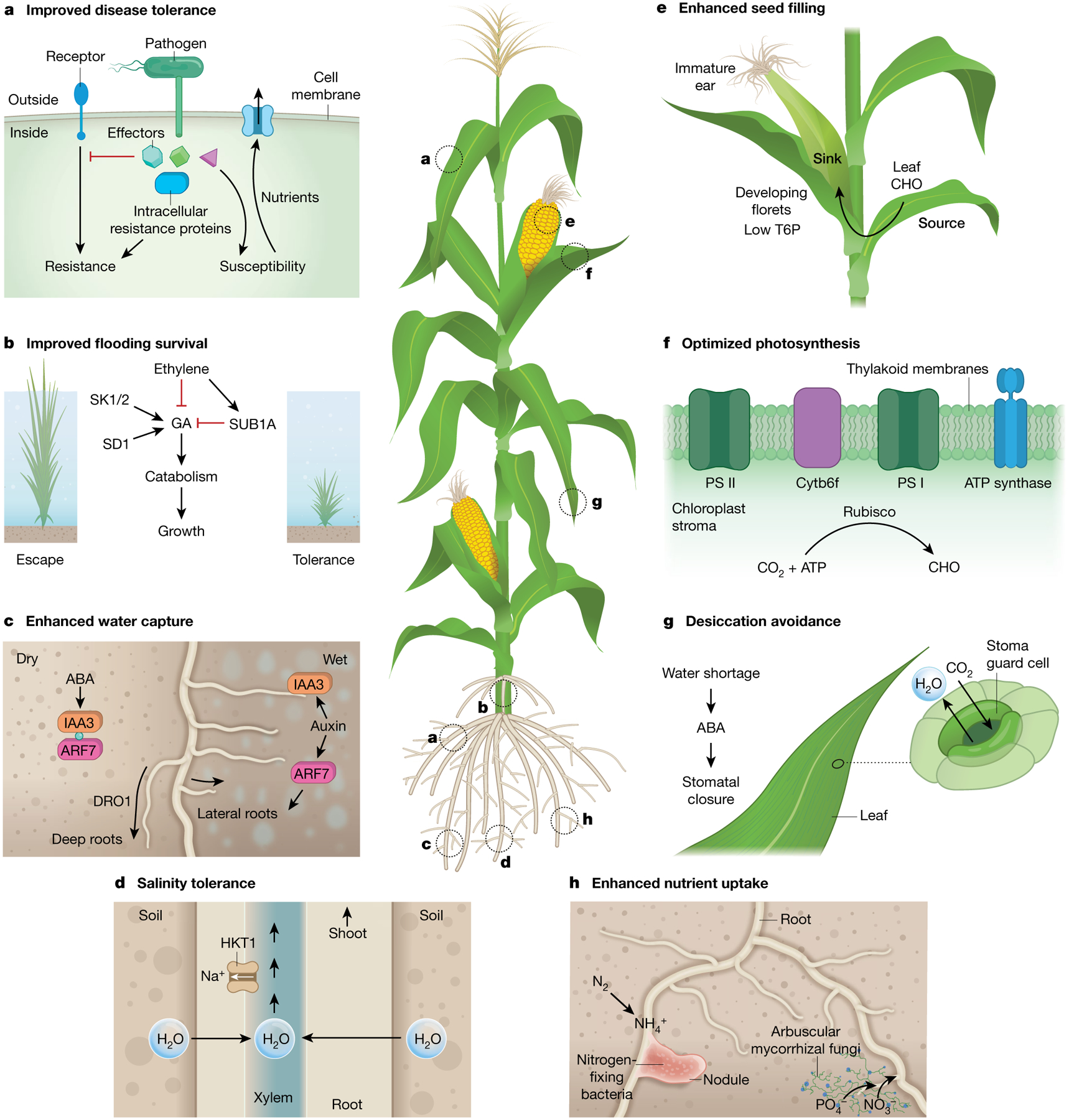Fig. 2 |. Paths to increased crop yield in suboptimal environments.

Overview of traits that provide increased resilience and yield in variable environments. a, Pathogen recognition by cell-surface and intracellular receptors (resistance proteins). Manipulation of host cells by pathogen-secreted effectors to promote infection can be recognized by resistance proteins and converted to disease resistance.b, Flooding survival via opposing regulation of gibberellin (GA). Semidwarf 1 (SD1), Snorkel 1 and Snorkel 2 (SK1/2) confer escape by accelerated elongation growth. Submergence 1A (SUB1A) confers tolerance by quiescence of growth. c, Root growth towards moisture involves transcriptional regulators (indol-3-acetic acid inhibitor protein 3 (IAA3) and auxin response factor (ARF7)), and is regulated by the hormones ABA and auxin. d, HKT1 (high-affinity K+ transporter sub-family 1) mediates sodium (Na+) exclusion from leaves. e, In developing seed tissues, catabolism of T6P aids the movement of photo-assimilate carbohydrate (CHO) from leaves to sinks in developing florets. f, Optimizing photosynthetic light harvesting and CO2 fixation by altering photosynthetic protein abundance and minimizing photorespiration. PS, photosystem. g, Dynamic control of stomatal aperture by pairs of epidermal guard cells lessens desiccation. h, Symbiotic plant–microorganism interactions facilitate the uptake of essential nutrients. NH4+, ammonium; PO4−, phosphate; NO3−, nitrate.
